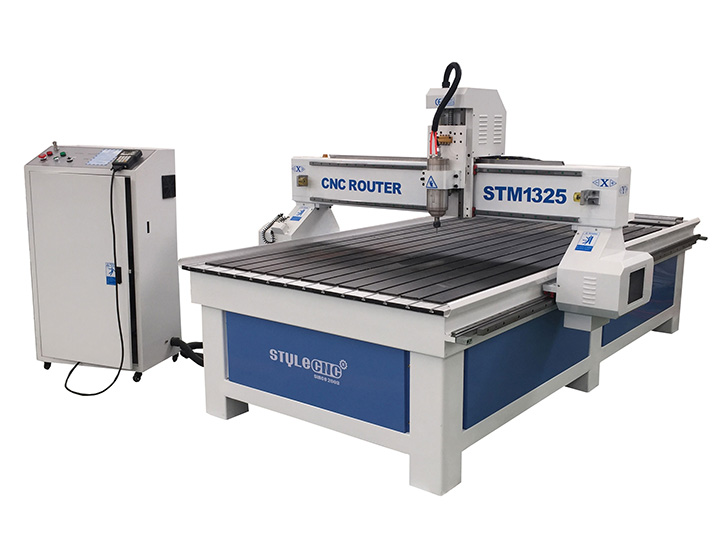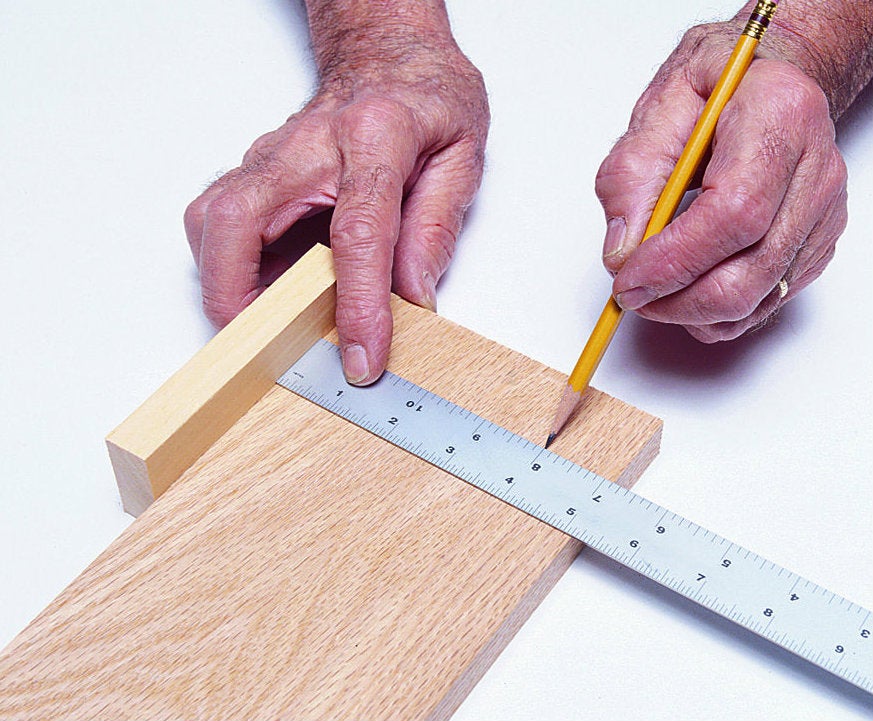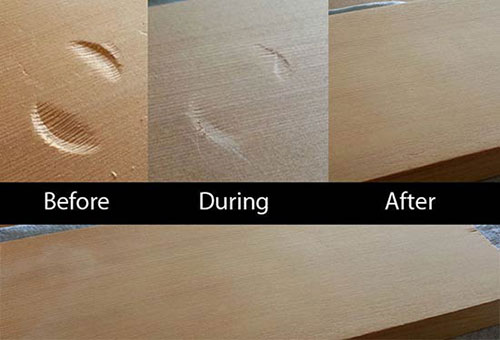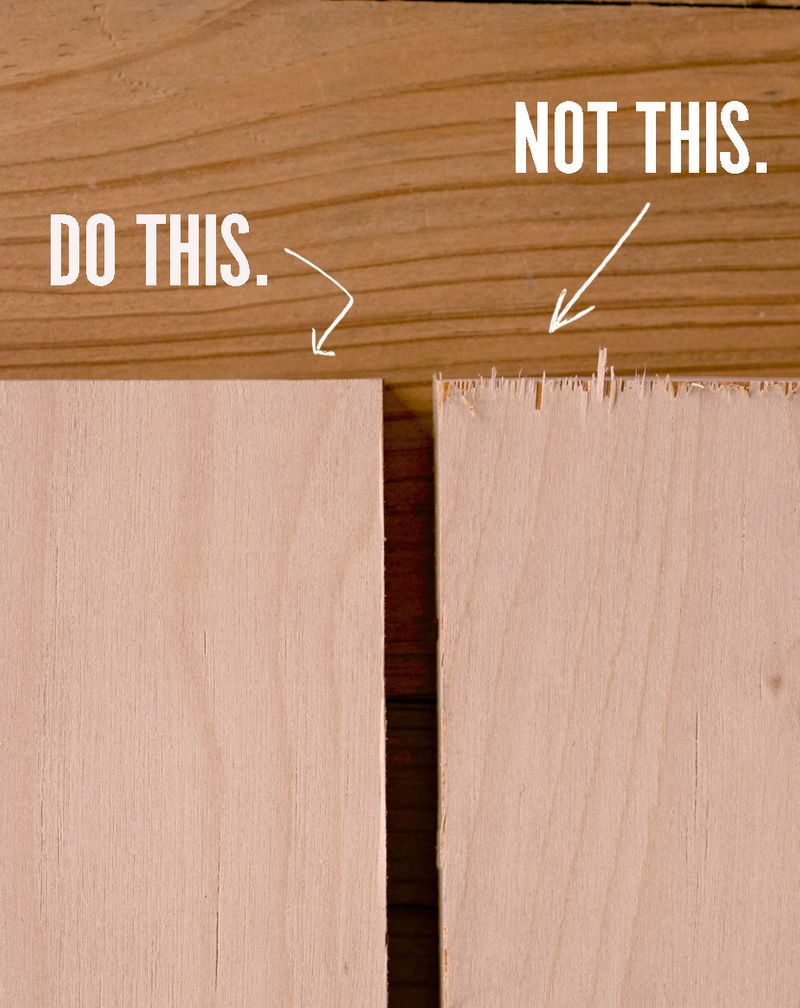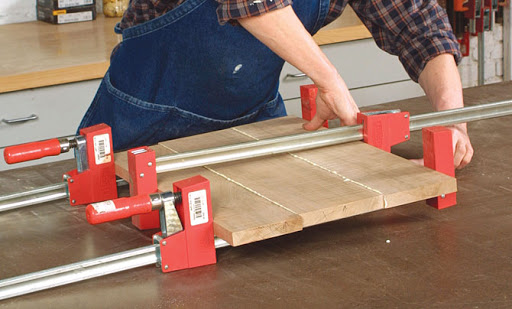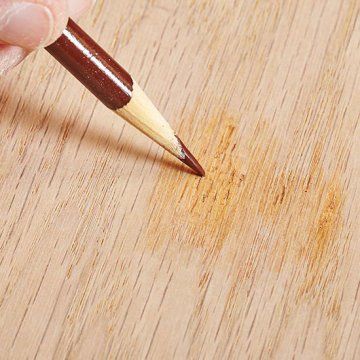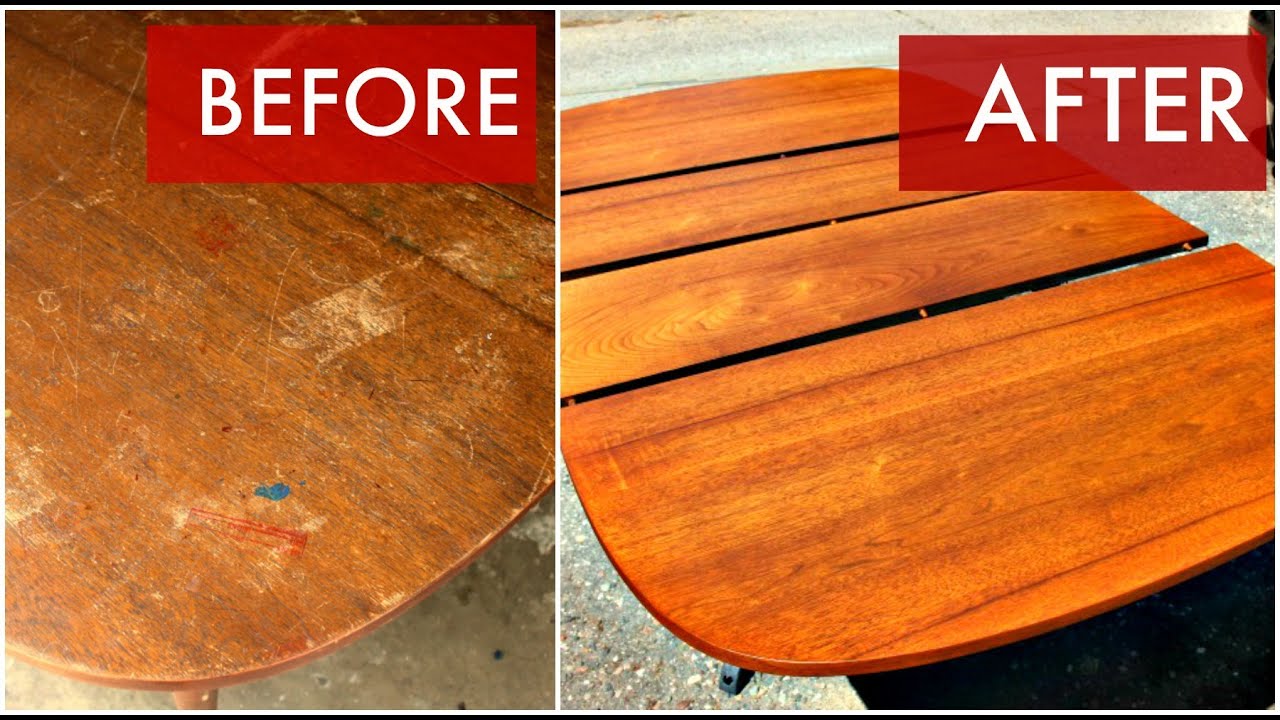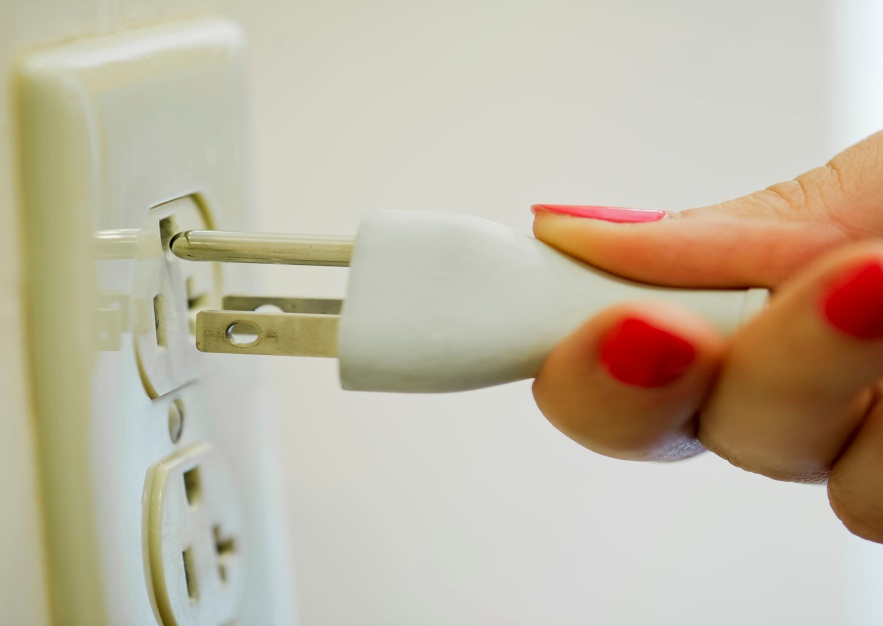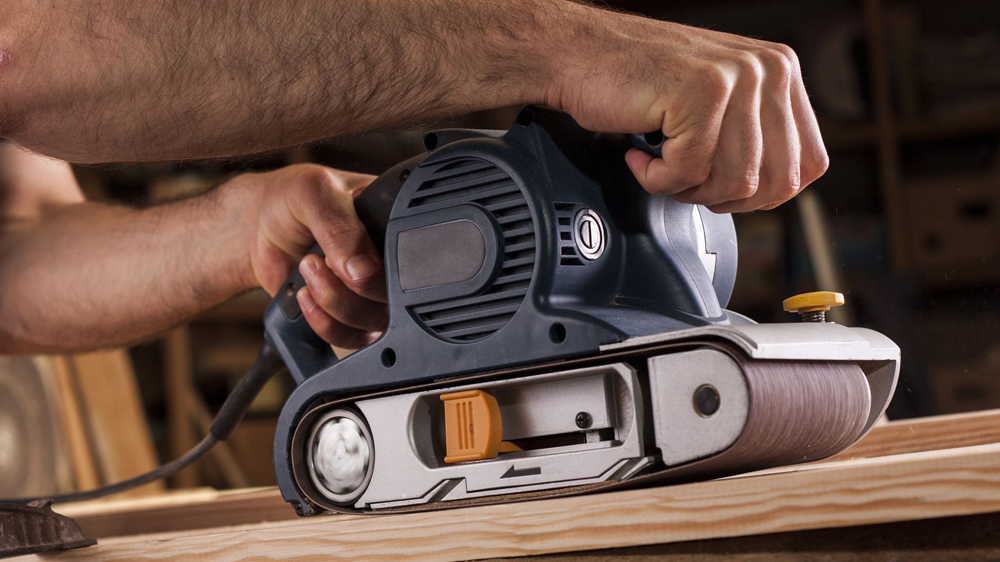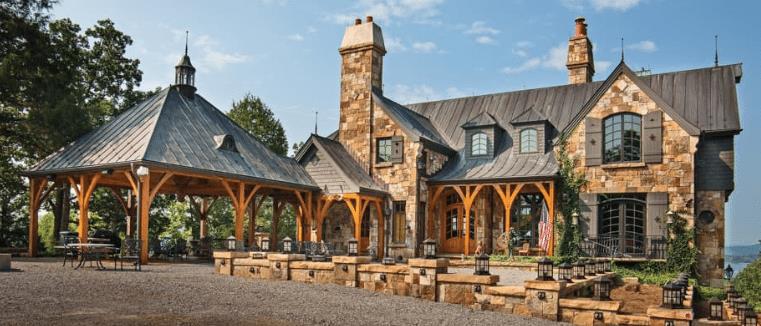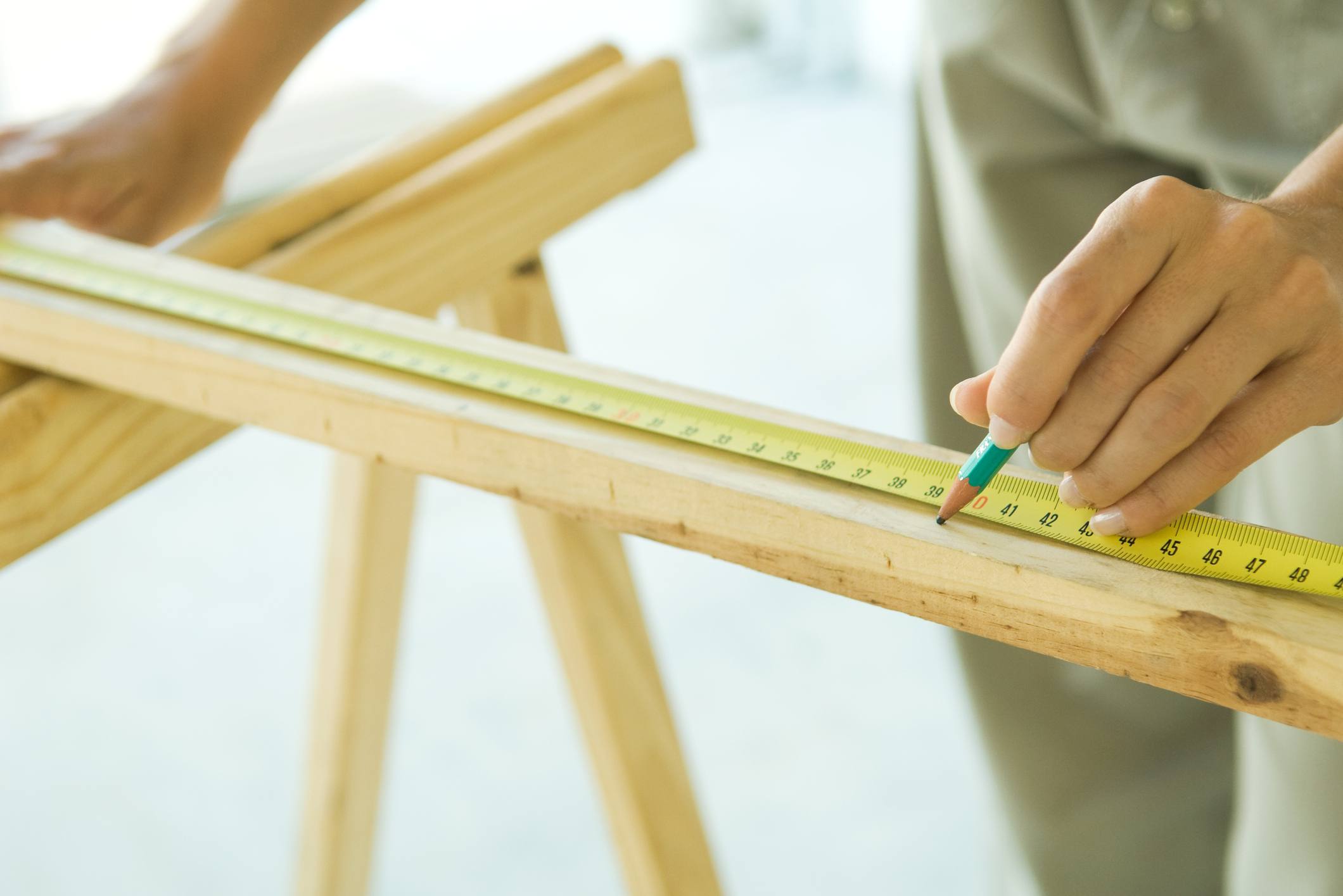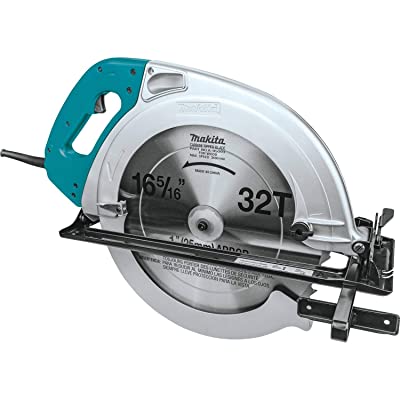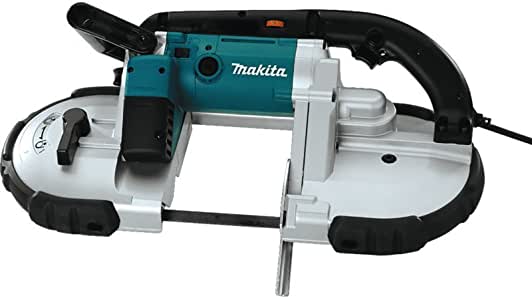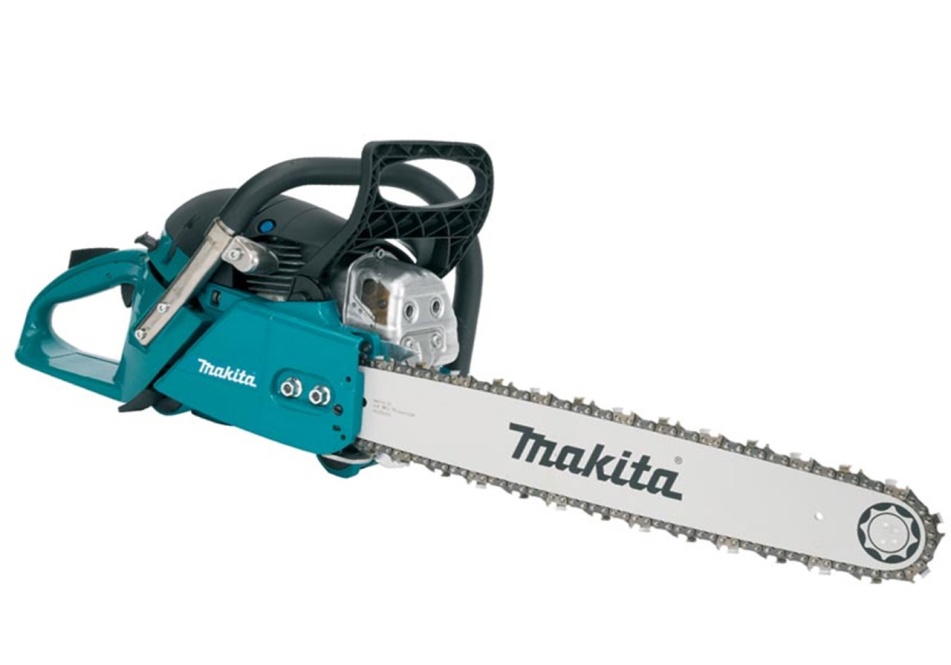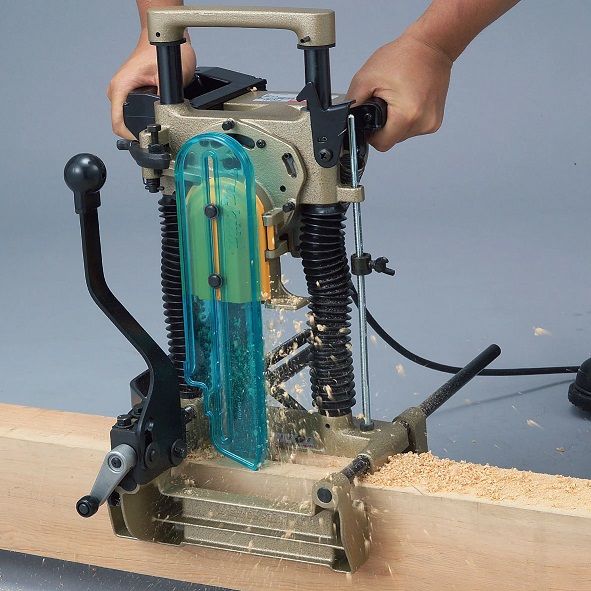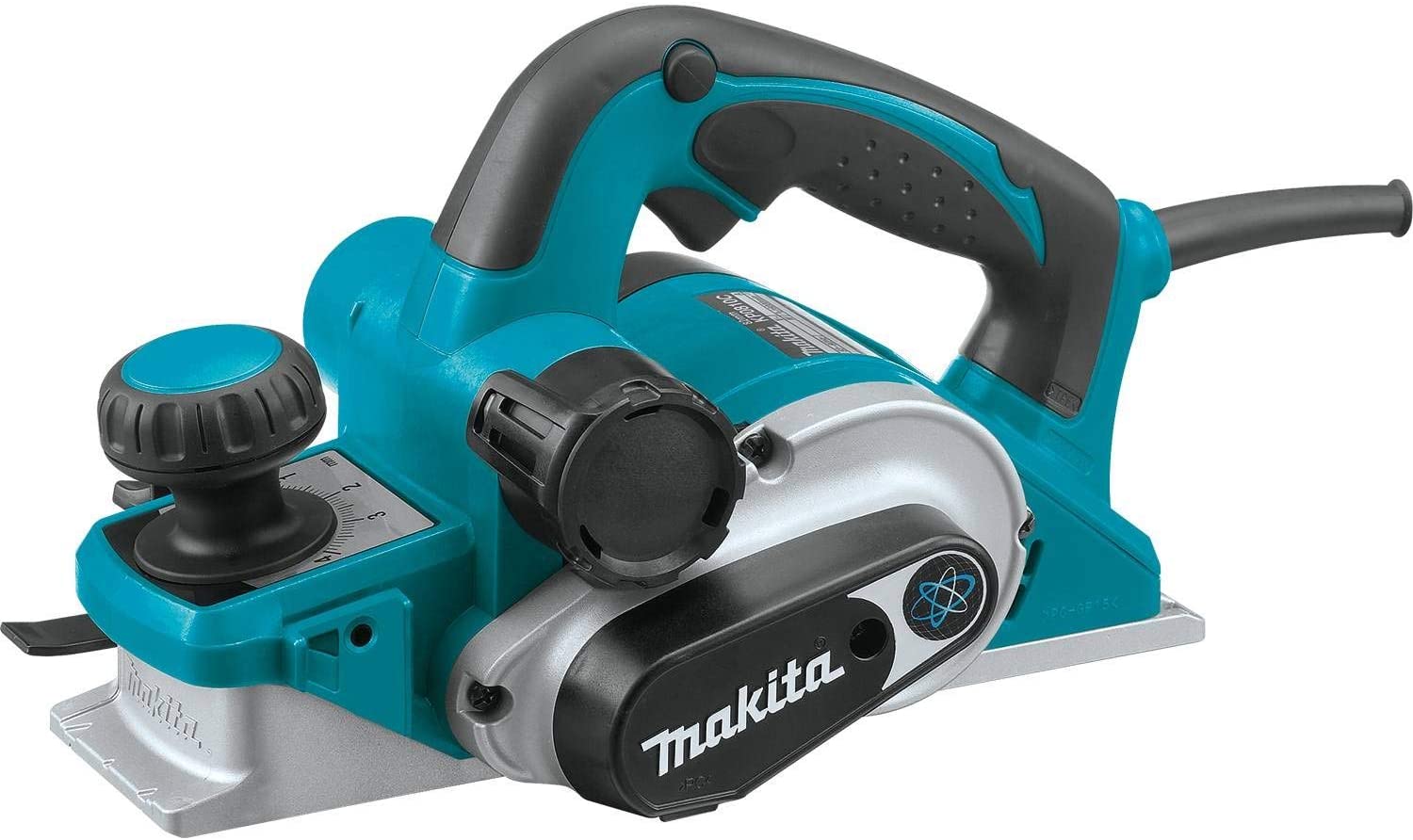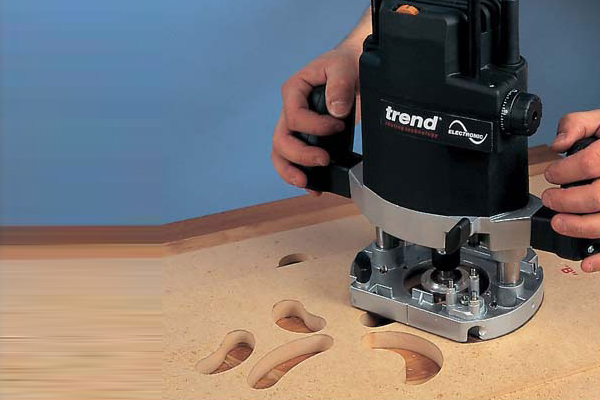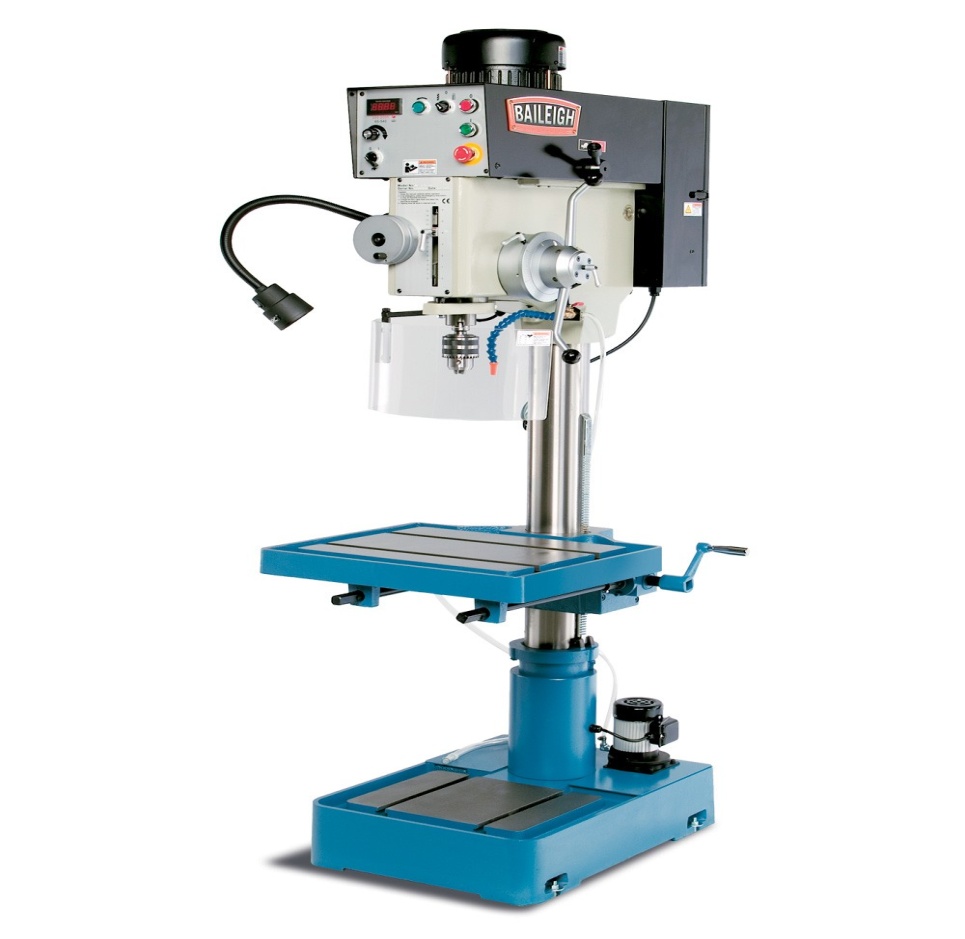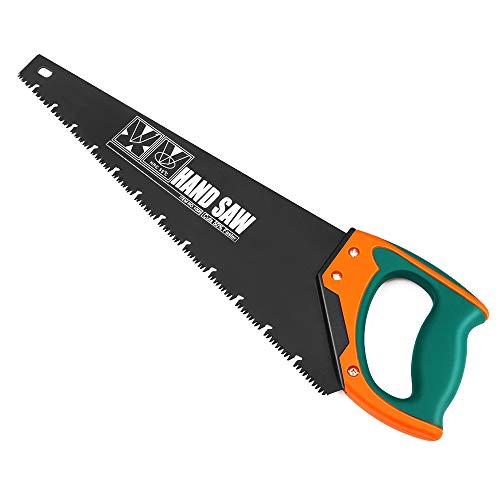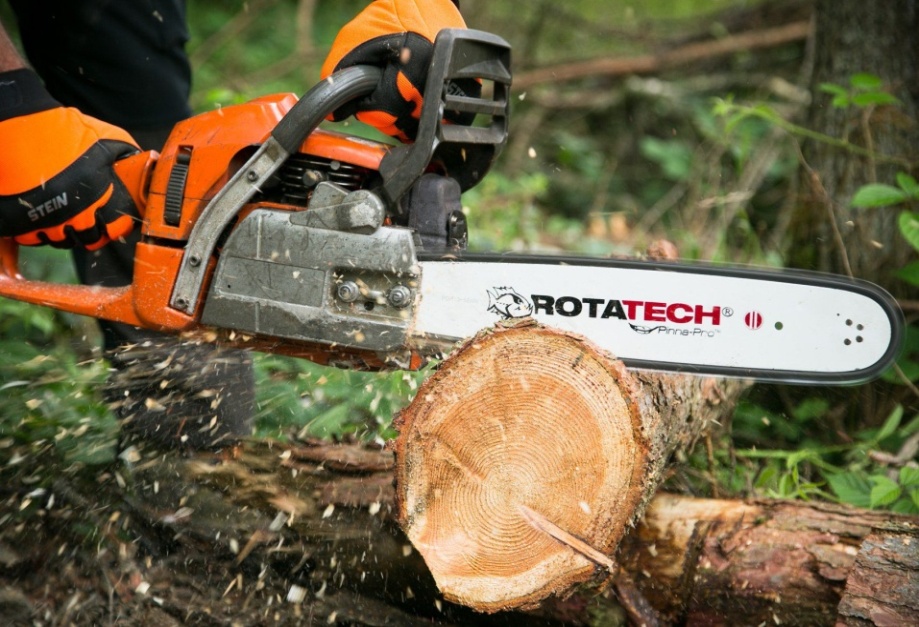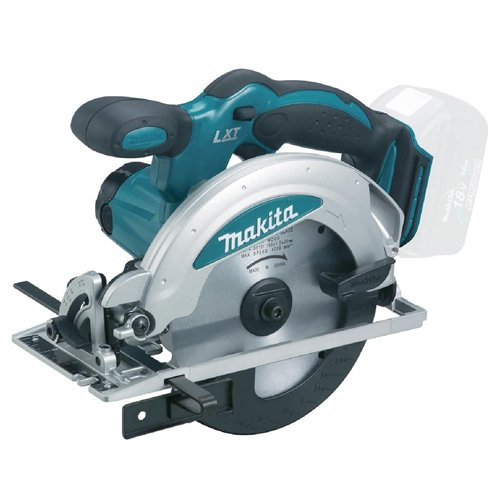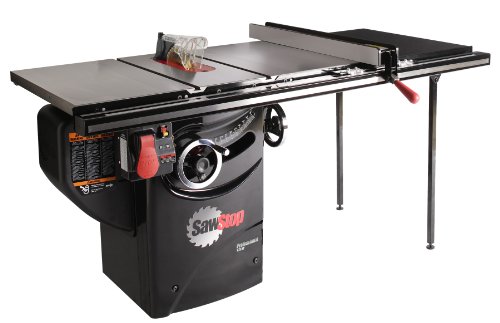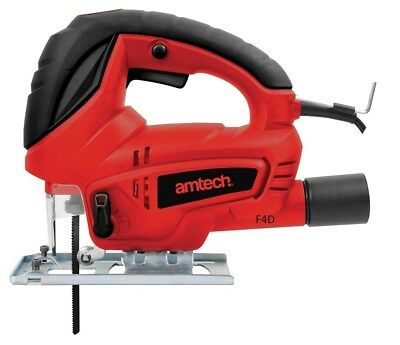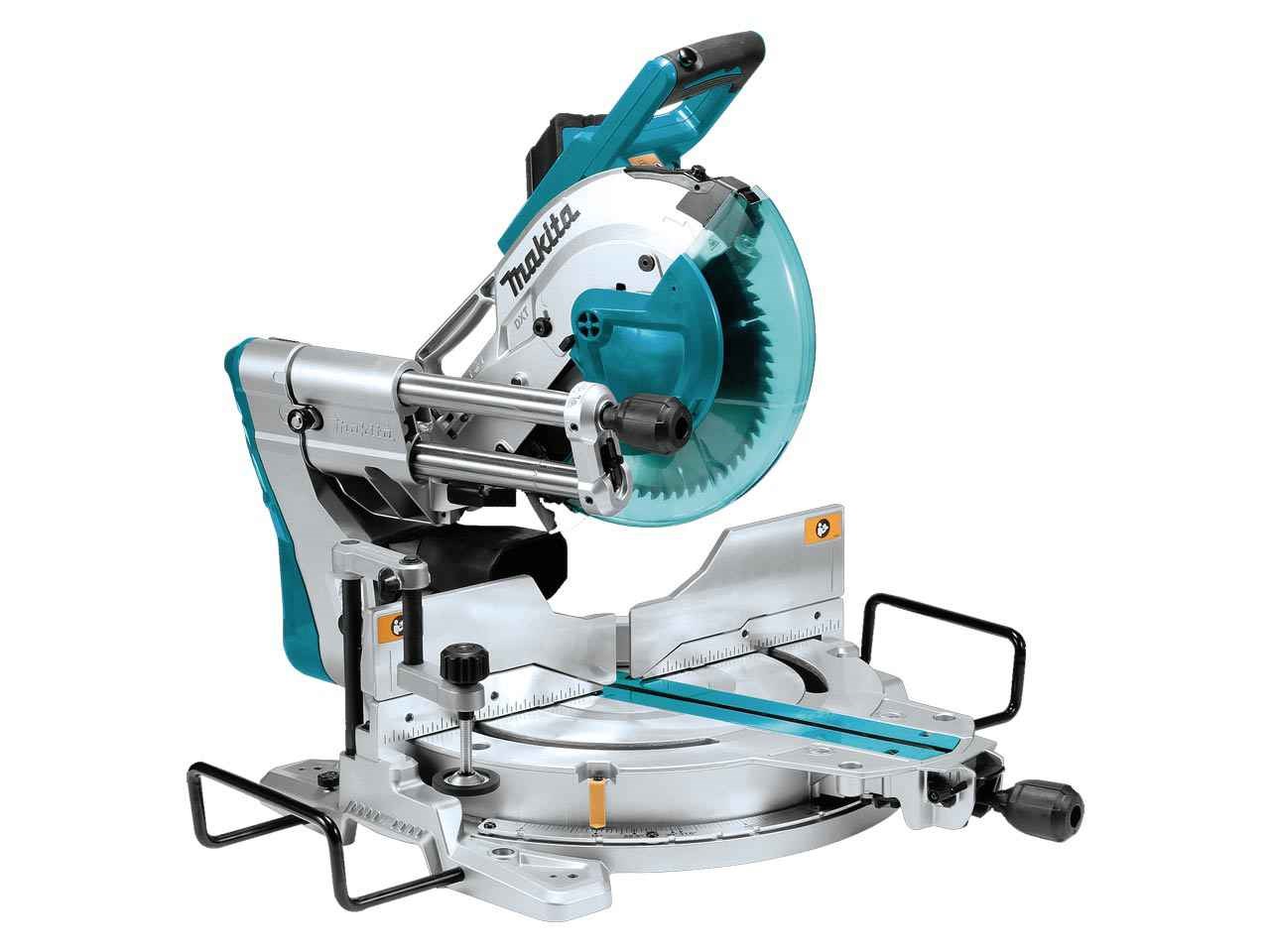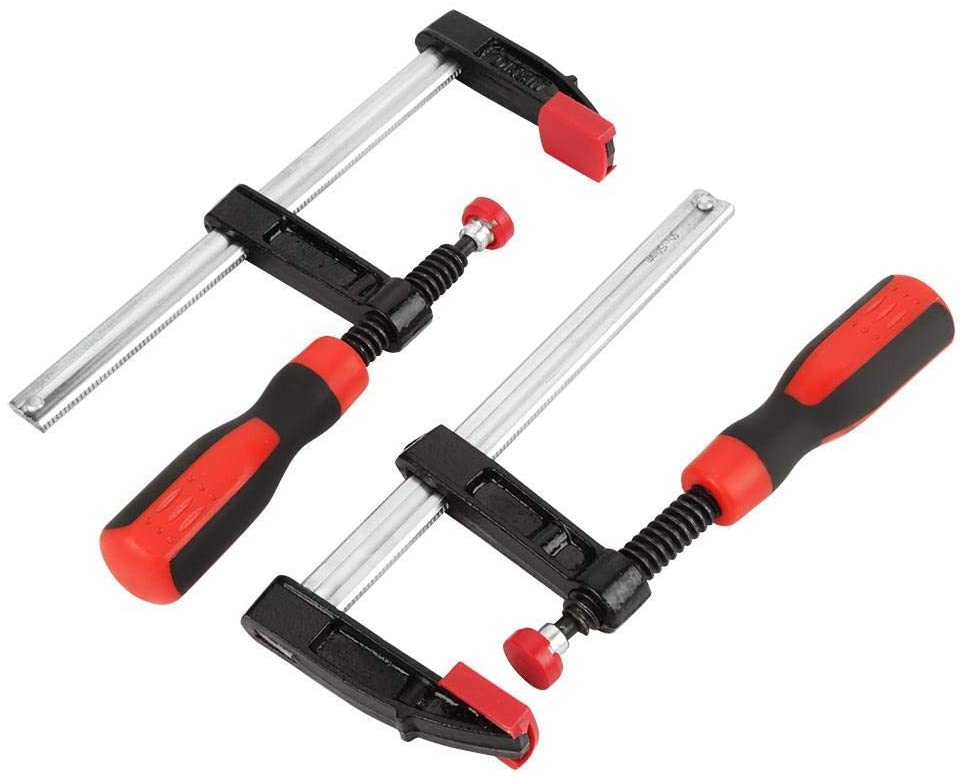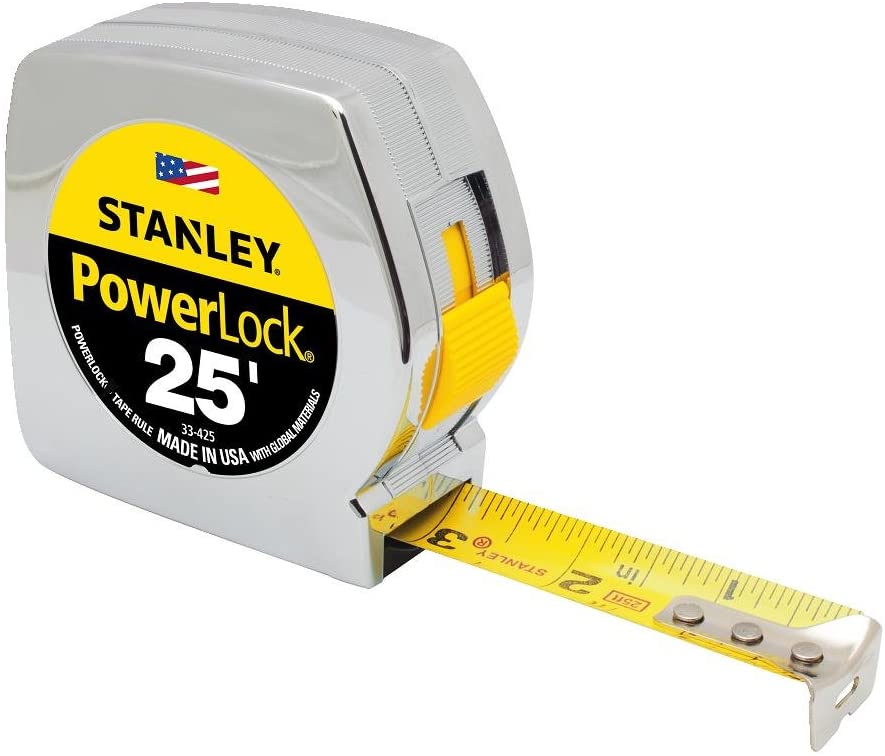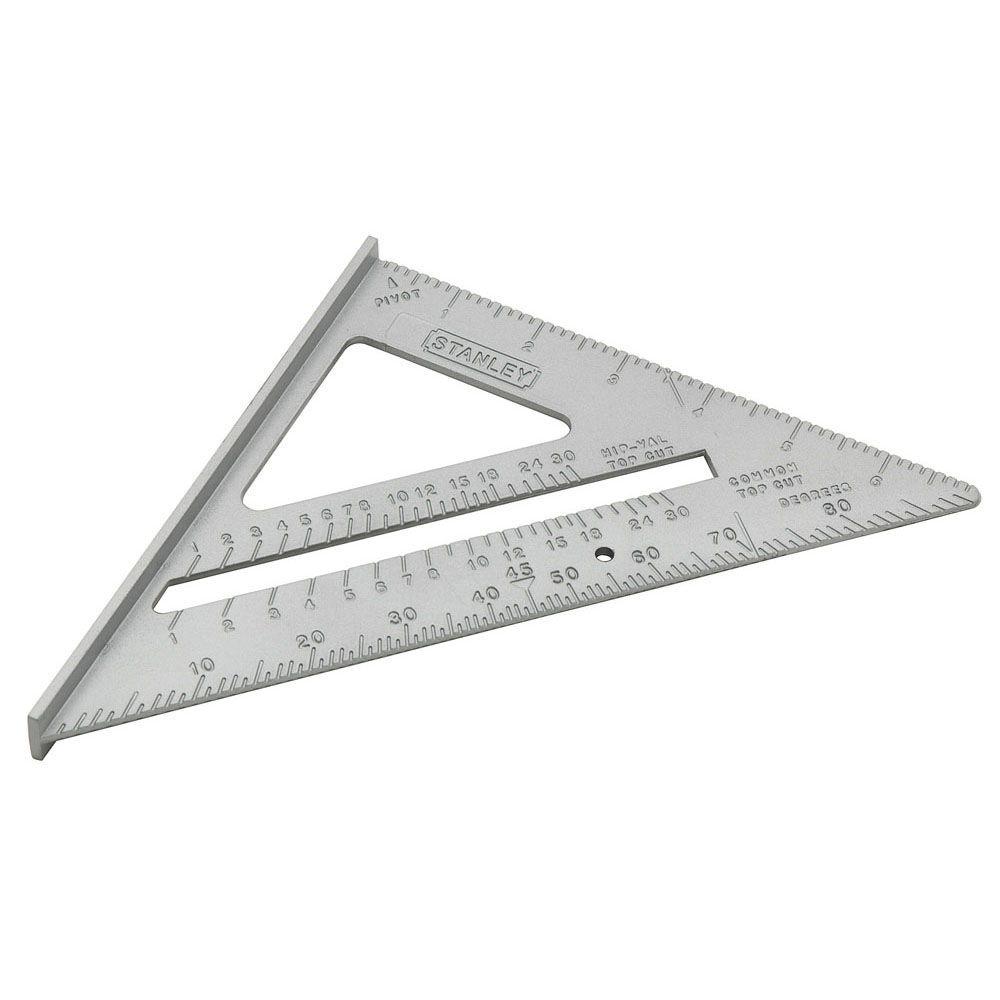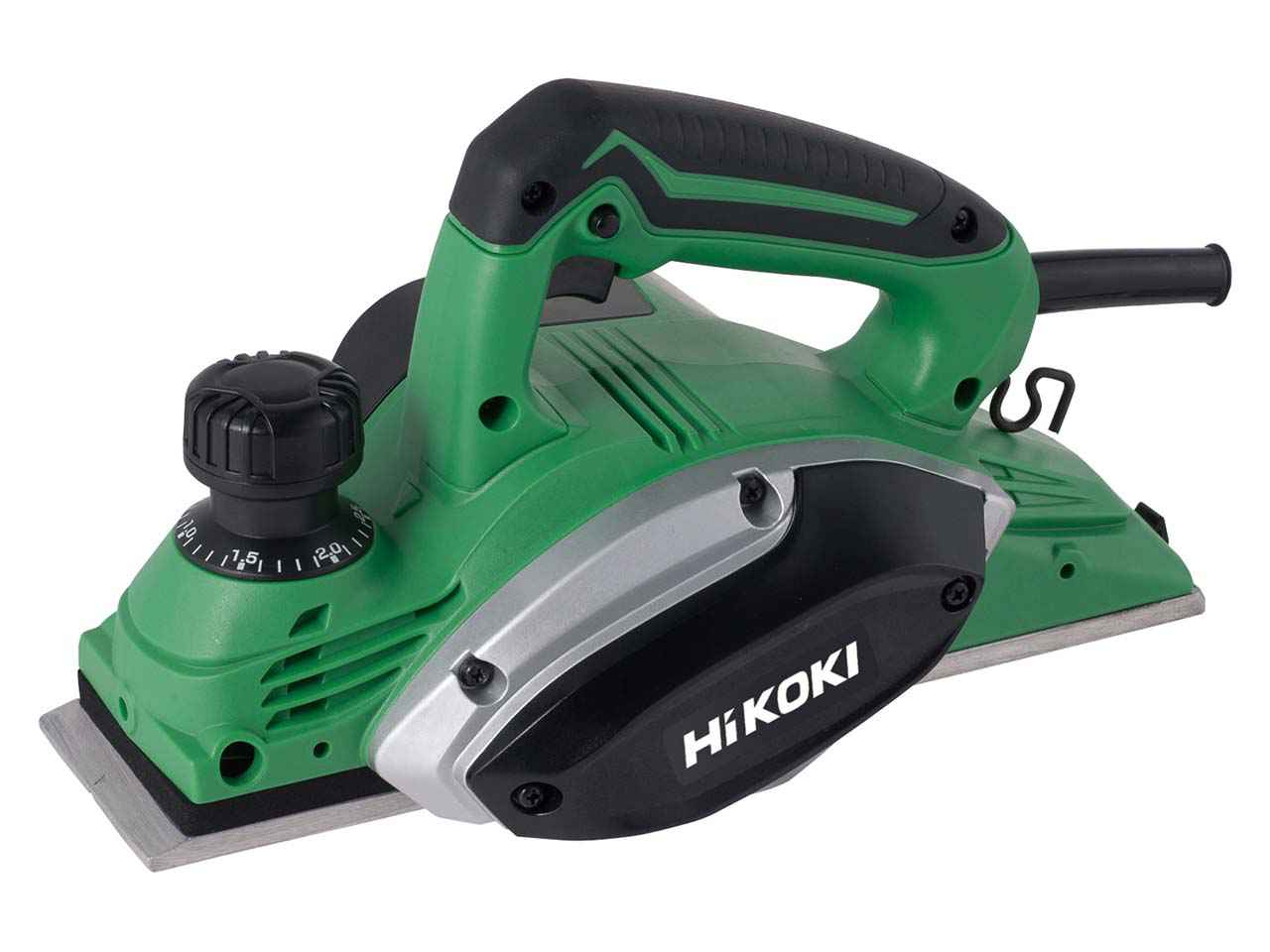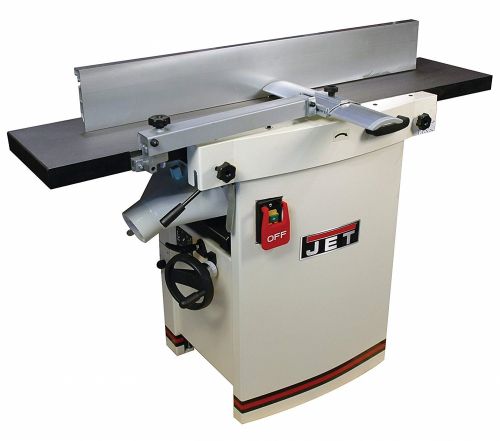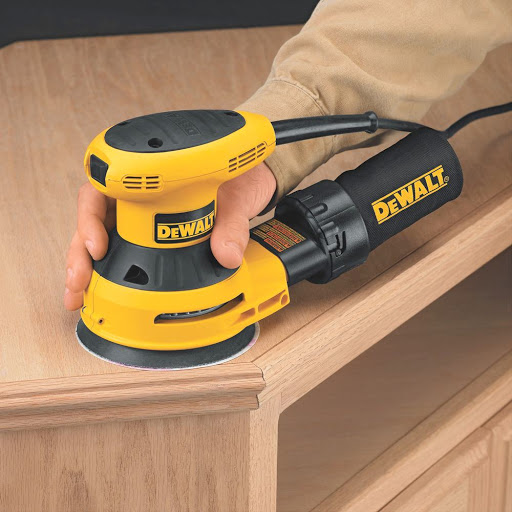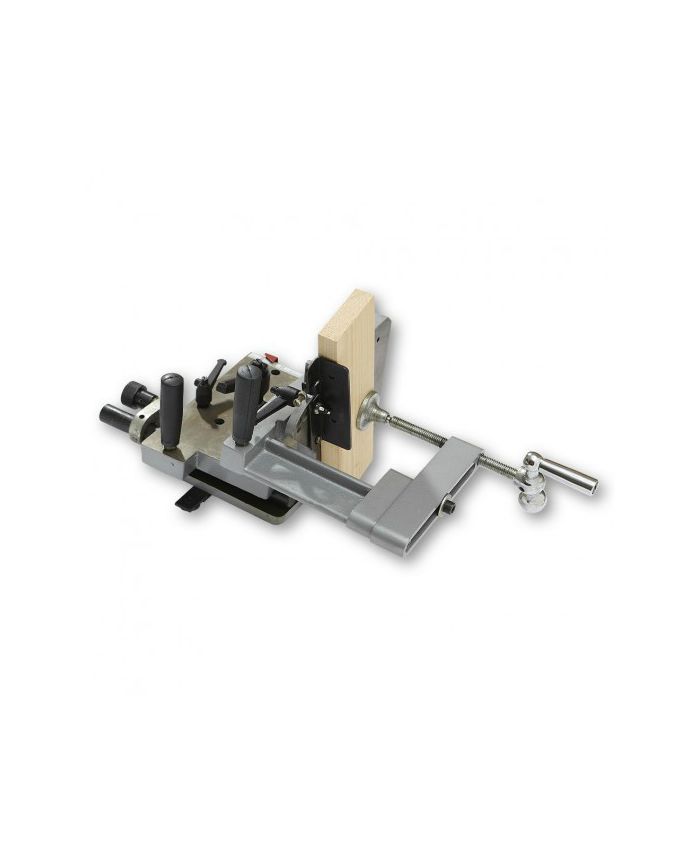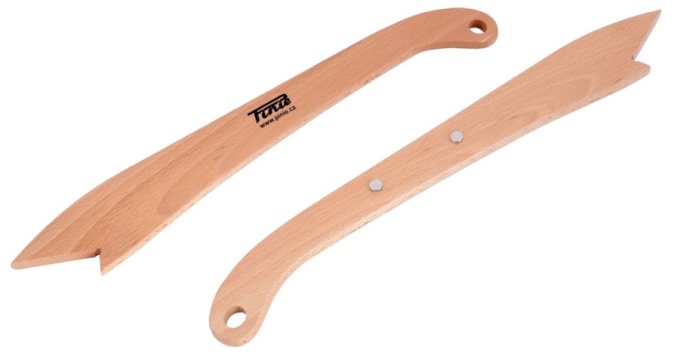Woodworking offers a huge platform for both the professionals and
aspiring artists for showcasing their innate talent. It just takes the
right guidance and patience for pursuing your heart’s desire.
Traditional carving is a heritage that can be seen mostly in the
traditional houses, mosques, churches and palaces of Southeast Asian
countries. Traditional wood carving is the most significant Malay
ornamental art form.
Wood carving is an amazing art which transforms a simple blocks of
wood into magnificent masterpieces. With the right set of wood carving
tools, accessories and techniques, you can be a good woodcarver. Essential wood carving tools are of generally clubbed together and offered as wood carving kit.
How to Select Perfect Wood Carving Tools?
Wood carving tools come in different shapes and sizes. Selecting the
perfect tools out of so many available tools is a crucial step.
Wood Carving Knives:
Carving knives are basically sharp blades for cutting and shaping the
solid wood into the desired shape. These knives are of different types,
shapes and sizes that cuts wood specifically. Generally, a detail knife, a cutting knife or a roughing knife are used for carving chip carving patterns.
While selecting perfect knife, you should consider the quality of knife. Knives having planer knives carbide steel blade
are more expensive than stainless steel blade. Most carving tools are
made from high-carbon steel, which are easier to sharpen. High carbon
stainless steel blades are also available nowadays which comes with the
durability of stainless steel and the advantages of carbon steel.
If you are looking for pocket knives, select the one which has two or
three knives so that these blades are placed conveniently. A locking
knife keeps your knife locked at specific location and thus avoids
sudden accidents like hitting to your finger. Also, select a sheepsfoot
blade i.e. the one where the tip of the knife is closely aligned with
the main cutting edge of the blade.
A whittling knife is basically used for
whittling and trimming silvers of wood in order to carve out raw wood
into specific shape. Twigs, branches from any tree or specialized baas
wood blocks are good to start whittling with. Wooden knives are a
popular item to whittle from a tree branch.
One of the primary knives used for wood carving is the Sloyd Knife. It
is the ideal striking knife that is considered as the first foundation
tool to start wood carving with. The original design has a straight
cutting edge with a tapered blade and a front that comes down at an
angle forming a blunt point. It is much easier to sharpen and maintain
it. It can be used for carving and adding details to work piece. These
are also used for quickly roughing out work and carving spoons.
If you are thinking about buying a bench knife,
you should consider the quality of steel used in the blade. Opt for
high quality blade that can be sharpened well and fits in the palm of
your hand. A bench knife having a long blade is good for de-barking
wood, creating long whittling cuts, and for general shaping purpose.
Chisels and Gouges:
Chisels are wood cutting and shaping tools having a sharp metallic
end and plastic or wooden handle at the other end. It is generally
driven into wood by mallet or hammer. A Rockwell hardness of between 58
and 61 is considered optimum hardness for woodcarving chisels. High
quality woodcarving chisels will retain their cutting edges for a much
longer period and even last for lifetime if you care properly.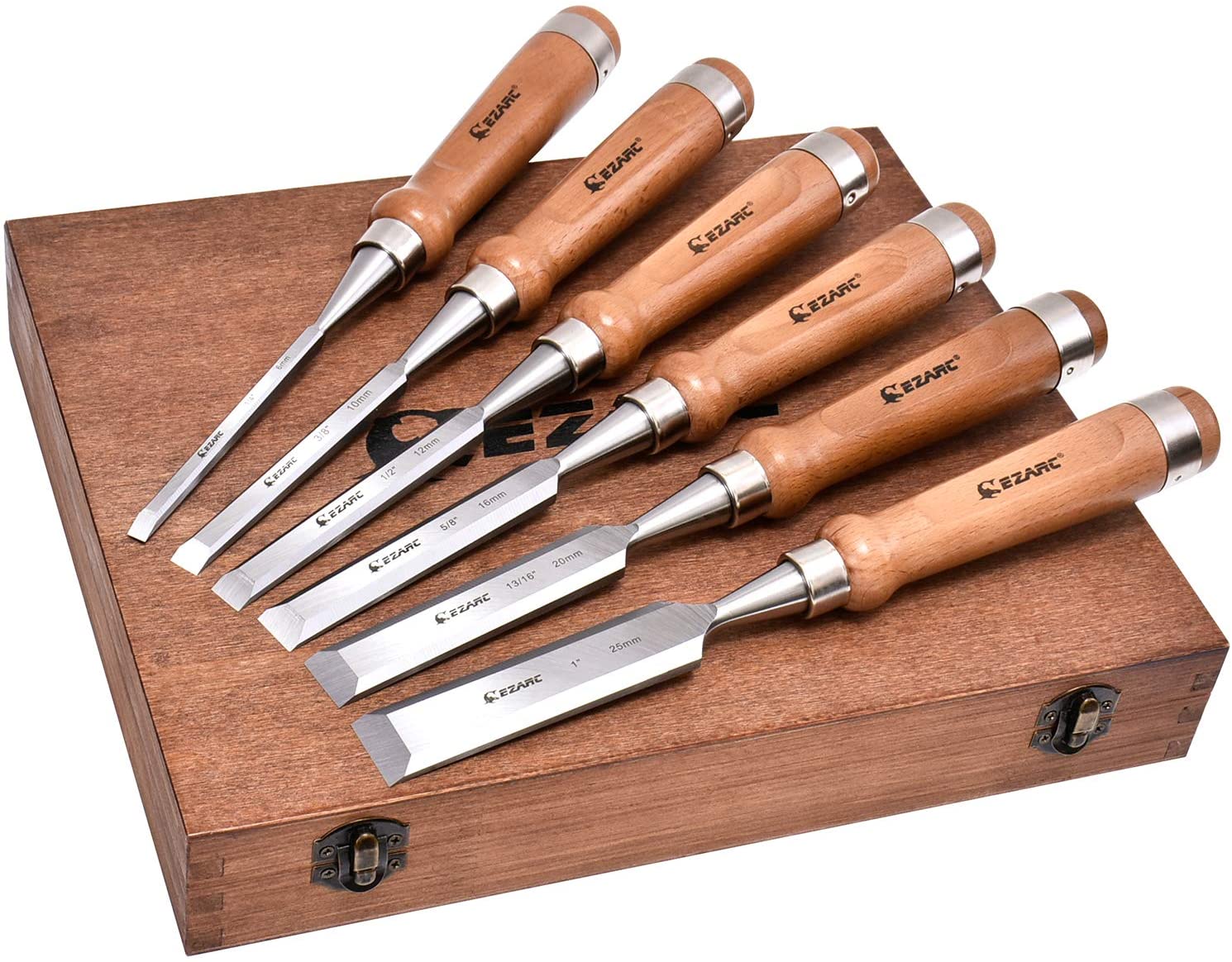
The most widely used style set of wood carving tools include a straight chisel, having a straight flat edge for shaping; straight gouge, having a curved cutting edge or depth; straight skew having a diagonal cutting edge; a veiner,
which is a furrowing tool with a cutting edge that looks like a “V”.
These tools are available with cutting edges in different shapes and
sizes ranging from 1/8″ to 1″.
The tool’s width is measured in millimeters or inches from its right end to left end. The bevel
or slant that the blade will take on the carving surface is normally
inclined at a 45° angle. It should be sharpened at this angle.
When someone talks about the sweep of any wood carving tool, it
refers to the curvature of its cutting edge and is assigned a number for
convenience. As the number increases, the curve or depth of the tool
also increases. For instance, a chisel’s straight cutting edge is
designated as number 1.Number 2 or number 3 gouges are having just a bit
of curve in their cutting edges.
A number 11 gouge as referred as a Veiner tool. It is a narrow “U” – shaped gouge, used for making finer detailed cuts, carves deep channels or grooves in wood. Fluter
is also a number 11 gouge but has a broader shape. Veiners and fluters
are essentially the same type of tool. The names simply refer to the
width of the cutting edge: veiners are thin, fluters are wide.
A “V” – tool is also a special type of
chisel consisting of two rectangular profiles brought together at a
common point, used for sketching around detail in wood carving.
Files, Rasps and Rifflers:
Files, rasps and rifflers are used for shaping and smoothing wood,
with much greater control than normal edge cutting tools. Rasps come
with raised teeth. Files have straight chiseled edges that cuts slowly
but imparts a much finer finish.
Rifflers are thin, double-ended tools
curved to opposing shapes. They can easily get into difficult areas and
are good for doing detail work or cleaning up carving. These come in a
variety of shapes like flat, round, half-round, and triangular.
Carver’s Mallet:
It’s the most vital tool used by any woodworkers for exerting some
additional muscular pressure in their projects. They come in a variety
of sizes and styles like the wooden mallets or the plastic mallets.
Mallets used for wood carving are light in weight. They are used to
drive chisels or dowels in wood or to knock wooden pieces together.
These are the basic woodworking tools that can be used for carving out basic as well as intricate woodworking patterns and designs.


